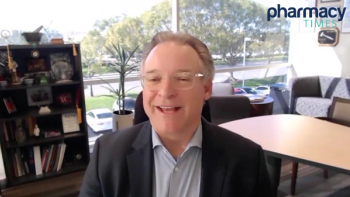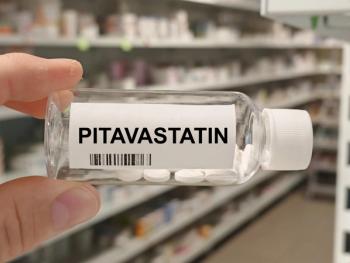
Pushing the Limits: Could Just 6 Weeks of Treatment Cure Hepatitis C?
A new study shows that adding a third drug to the ingredients in Harvoni could cure hepatitis C in half the ordinary time.
A new study shows that adding a third drug to the ingredients in Harvoni could cure hepatitis C in half the ordinary time.
Currently, most treatment courses with direct-acting antivirals are 12 weeks in length, with the shortest duration being eight weeks in select patients receiving treatment with Harvoni (ledipasvir/sofosbuvir). However, with the addition of a third agent, researchers believe that the eight-week treatment can be reduced even further to just six weeks of therapy.
In a 50-patient trial published in the journal Clinical Infectious Diseases published online October 26, 2015, researchers Kattakuzhy and colleagues reported a high rate of sustained viral response with patients receiving a short course of treatment.
Researchers followed patients over more than one year from April 2014 to June 2015. All patients were aged 18 or older, and had stage 3 or 4 liver fibrosis resulting from chronic hepatitis C genotype 1 infection.
Of the 50 patients, more than three-fourths (76%) receiving the medications in Harvoni (ledipasvir and sofosbuvir) with a third agent codenamed GS-9451, achieved sustained viral response 12 weeks after the end of treatment (SVR12). Attaining this end point constitutes a functional cure of the virus.
Although half of patients were treatment-naïve individuals, and half were treatment-experienced, unexpectedly, there were no significant differences in cure rates between the two populations (72% with treatment-naive patients, and 80% with treatment-experienced patients; P = .51).
This result is the opposite of what would be expected, as treatment-experienced patients typically have lower rates of response to anti-HCV treatment than treatment-naïve patients.
With a shorter treatment course for hepatitis C, patients could maintain better adherence over a shorter course of therapy, and fewer patients would have limited access to therapy due to the lower cost of a shorter treatment regimen.
The potential for savings with this three-drug regimen is enormous, although the benefits of a shorter treatment regimen must be balanced with the lower cure rates associated with this three-drug regimen (approximately 75%) when regimens offering 90% or higher cure rates are currently available.
Reference
Kattakuzhy S, Wilson E, Sidharthan S, et al. Six-week Combination Directly Acting Anti-HCV Therapy Induces Moderate Rates of Sustained Virologic Response in Patients with Advanced Liver Disease. Clin Infect Dis. 2015.
Newsletter
Stay informed on drug updates, treatment guidelines, and pharmacy practice trends—subscribe to Pharmacy Times for weekly clinical insights.














































































































































































































